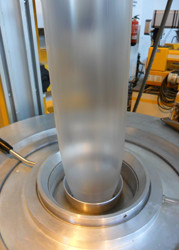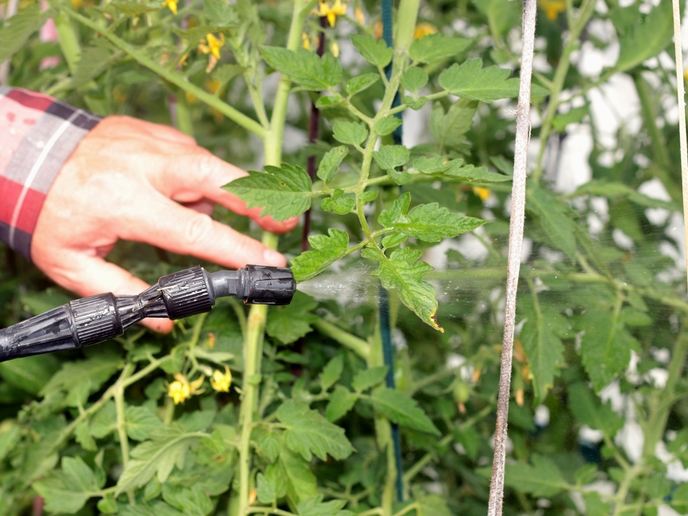Eco-friendly, long-shelf-life packaging
Fresh cut fruit and vegetables is a rapidly growing market because it offers greater convenience while still offering a healthy option. However, the packaging of these products is currently not biodegradable and this increases the environmental footprint as well as the overall cost of the produce. The PLA4FOOD project addressed this by developing polylactic acid (PLA)-based packaging that incorporates additives to improve the shelf life of packaged produce. PLA is a biodegradable, thermoplastic material with functional properties similar to fossil fuel-derived plastics. Researchers evaluated several natural additives, settling on propane thionosulphate (PTSO, derived from garlic) as a broad-spectrum antimicrobial agent. They also pioneered and successfully tested a microcapsule-based, slow-release system for PTSO that would extend its activity. Furthermore, PLA4FOOD tested oligomeric lactic acid plasticisers and found one that could significantly improve PLA flexibility. Researchers also found additives to make PLA less permeable to water vapour, an outcome that effectively extends shelf life. Finally, PLA4FOOD produced two different packaging products: a rigid tray, and a flexible bag or covering material. The products were 100 % biodegraded after six months in normal composting conditions.
Keywords
Packaging, fresh product, polylactic acid, antimicrobial, biodegradable, shelf life







